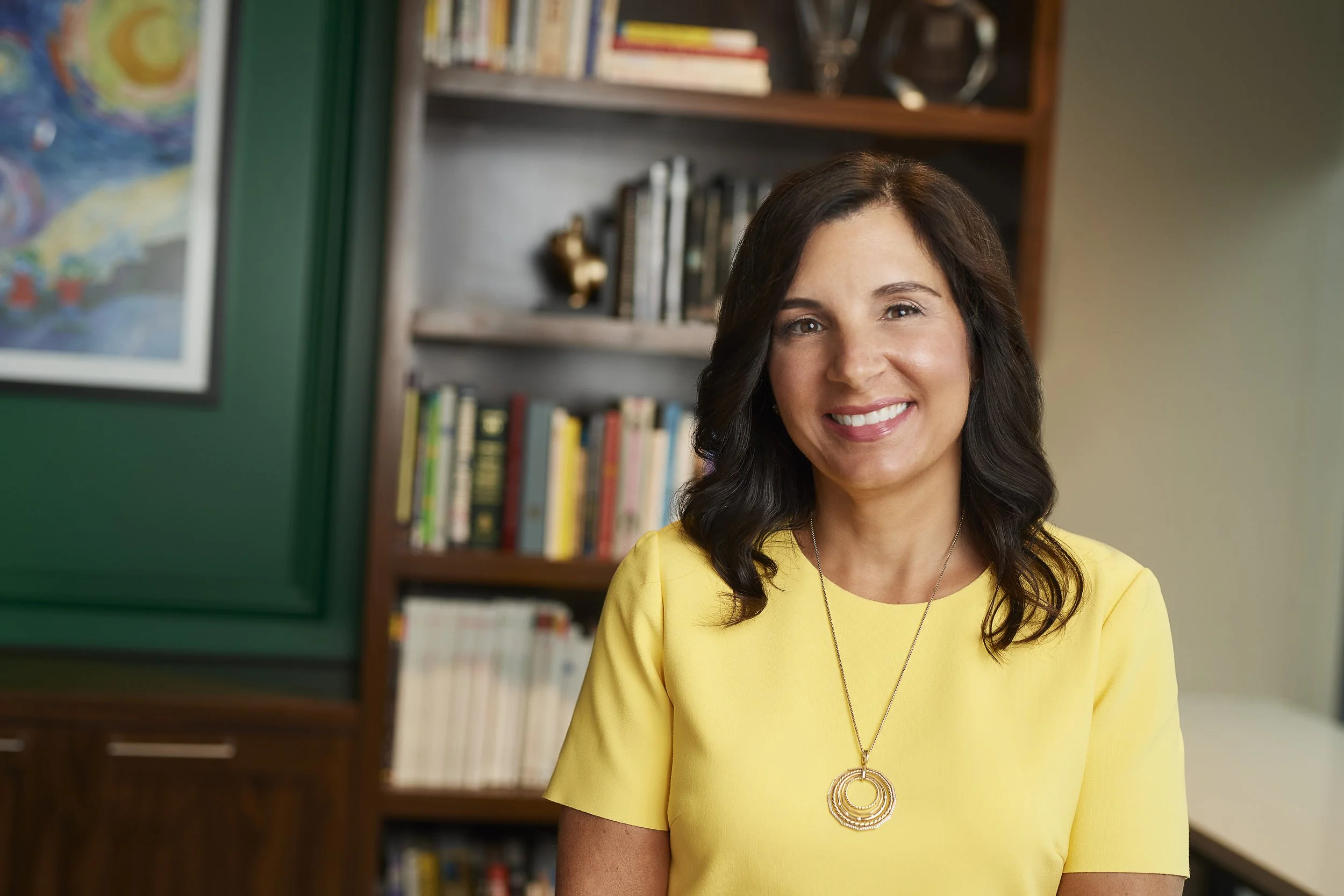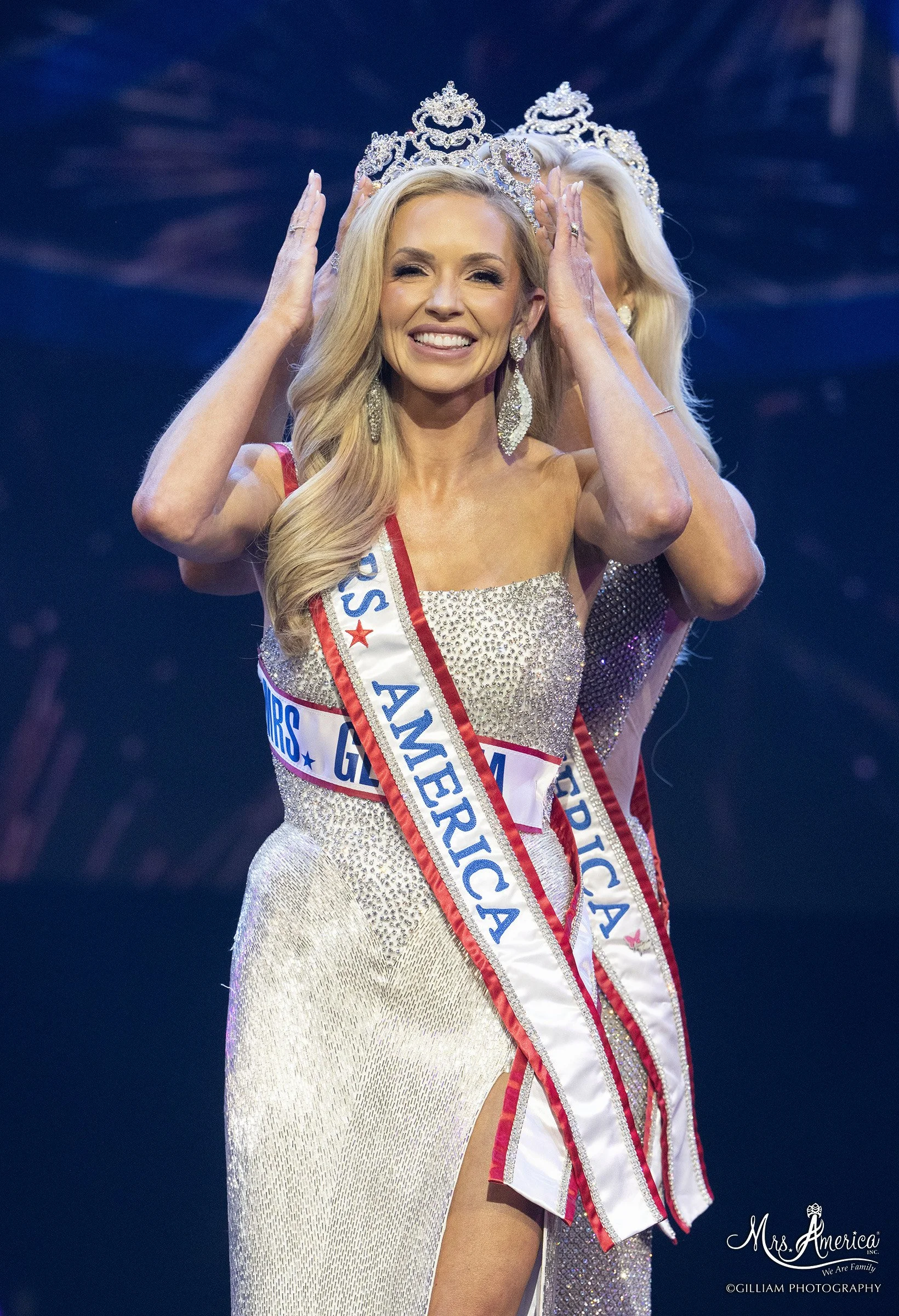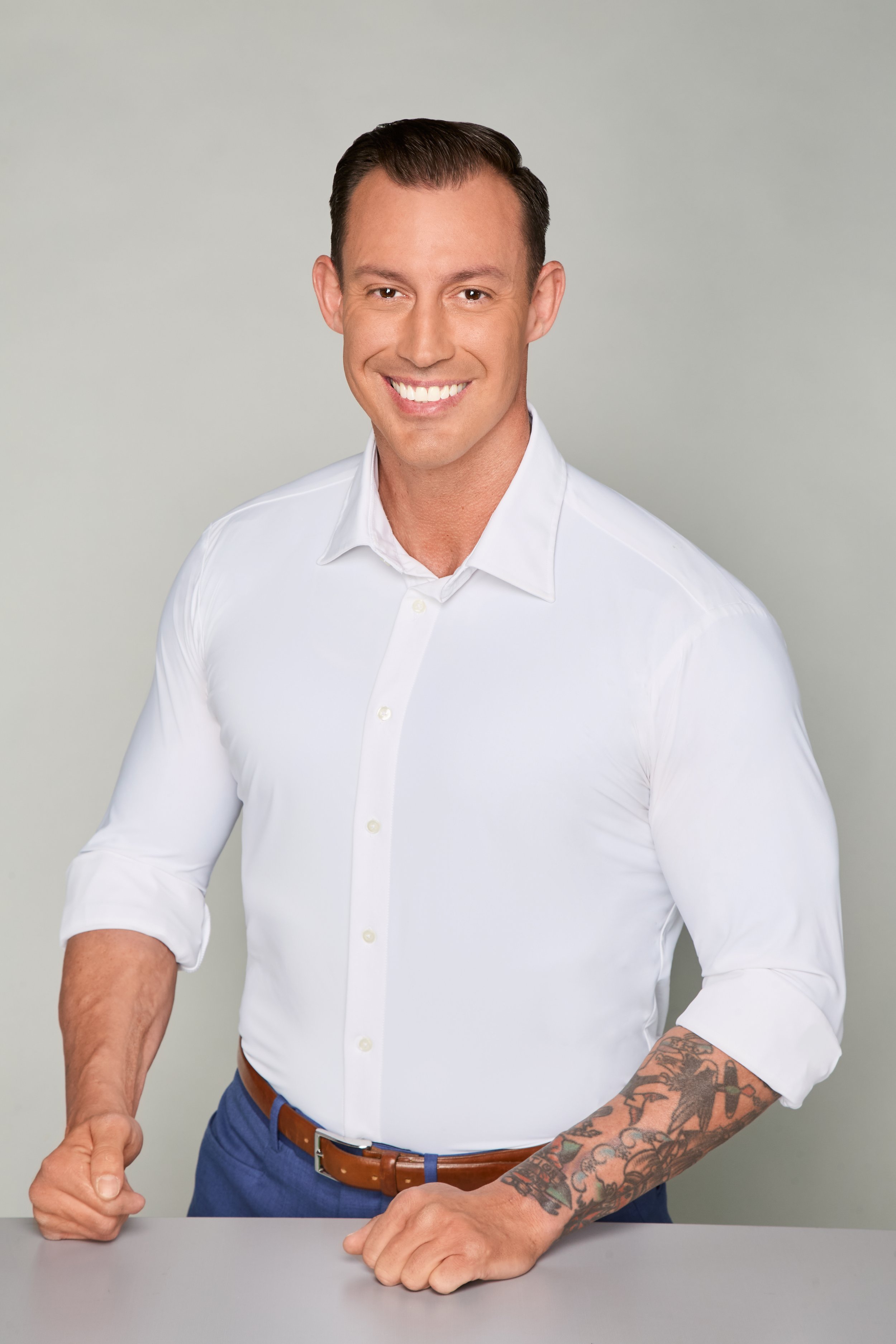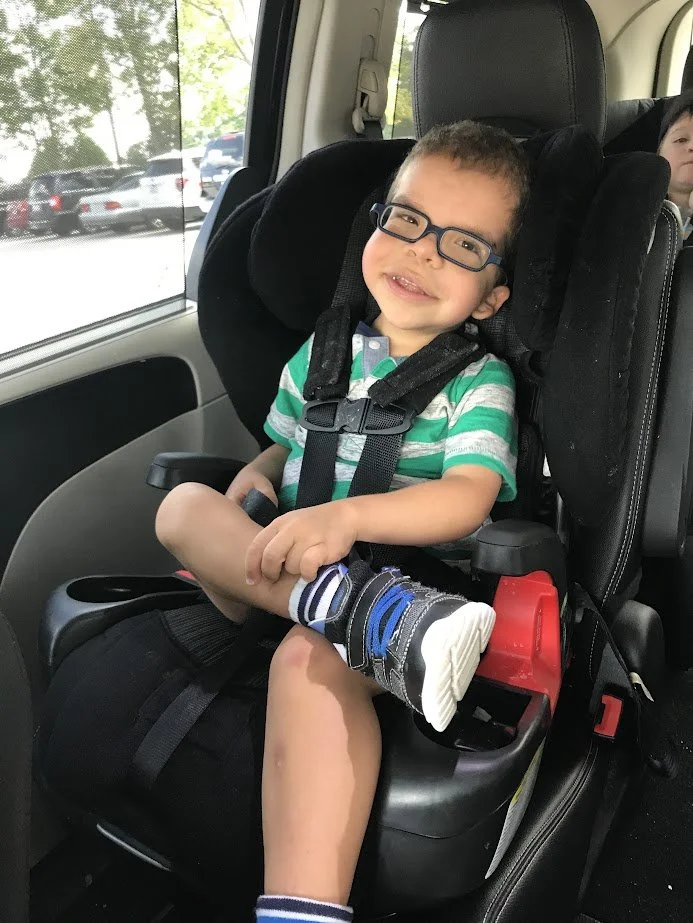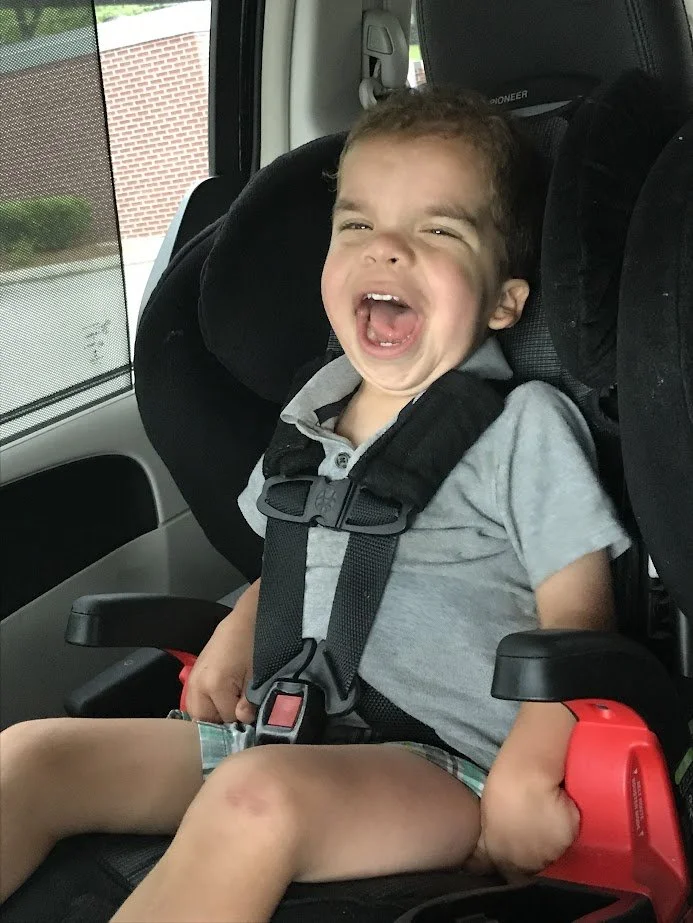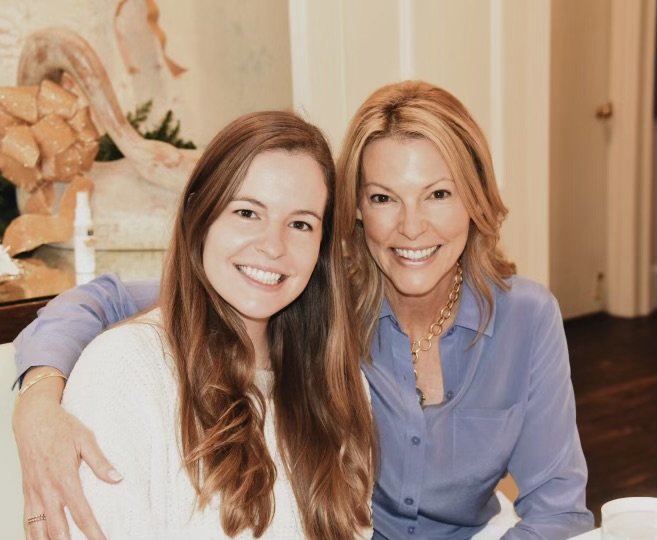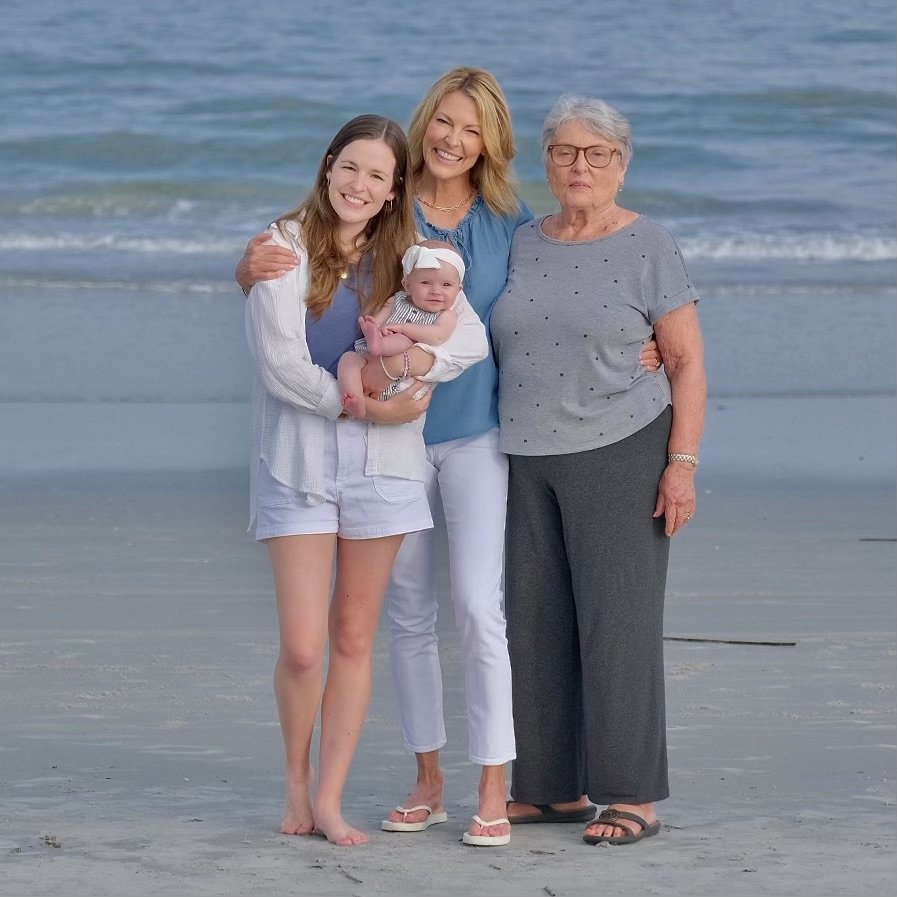Jeremy Jones was determined to recover the body 15-year-old Coreen from the Saco River in Limington, Maine. She had been missing since early November of that year, 2006, and he hoped to give Coreen’s mother closure by Christmas.
He was accustomed to cold water, but the rough current combined with the frigid temperatures made the search impossible. He had to abort the mission. He was hypothermic when he emerged from the water and passed out shortly after.Once he recovered, he took only a few more calls with the search-and-rescue crew. He decided he couldn’t put his wife through that angst again.
That harrowing, real-life tale is one of nine in “Behind the Badge” (Fox News Books, $26.39) by Johnny Joey Jones, a Fox News commentator and retired Marine from Calhoun. The book is a compilation of stories about first responders who have had an impact on Jones’ life.
He was accustomed to cold water, but the rough current combined with the frigid temperatures made the search impossible. He had to abort the mission. He was hypothermic when he emerged from the water and passed out shortly after.Once he recovered, he took only a few more calls with the search-and-rescue crew. He decided he couldn’t put his wife through that angst again.
That harrowing, real-life tale is one of nine in “Behind the Badge” (Fox News Books, $26.39) by Johnny Joey Jones, a Fox News commentator and retired Marine from Calhoun. The book is a compilation of stories about first responders who have had an impact on Jones’ life.
Being a New York Times bestselling author was not something Jones, 39, could have imagined for himself growing up in North Georgia. The son of a brick mason, he assumed his future would be something in manual labor.
“I was a smart kid but didn’t use it,” Jones said. “I didn’t even look at colleges after graduation. I worked in carpet mills, what Dalton is known for, and then my best friend talked me into meeting with a recruiter.”
The first of his friends to enlist, he was trained as an explosive ordinance disposal technician and deployed in 2008 to Iraq.
“It’s rare someone goes into the service with the intention of staying 20 years, but you say, ‘I’ll do four years,’ then keep staying for challenges and to accomplish goals,” Jones said. “I wanted to stay as long as I could to accomplish the goals we’d set. You feel an extra burden as a bomb tech because it comes with very specific knowledge. If you get blown up, you leave everyone hanging.”
Tragedy struck Aug. 6, 2010, during Jones’ second deployment in Afghanistan when he stepped on an improvised explosive device, more commonly known as an IED, severing both legs above the knee. The blast killed his friend and brother in arms, Daniel Greer. Jones recovered at Walter Reed National Military Medical Center in Washington (now in Bethesda, Maryland).
Tragedy struck Aug. 6, 2010, during Jones’ second deployment in Afghanistan when he stepped on an improvised explosive device, more commonly known as an IED, severing both legs above the knee. The blast killed his friend and brother in arms, Daniel Greer. Jones recovered at Walter Reed National Military Medical Center in Washington (now in Bethesda, Maryland).
“I wasn’t good at sitting still,” Jones said. “I was walking with prosthetics by February 2011 and working on Capitol Hill by that July. I still wanted to live my life with purpose.”
Jones founded a peer visit program at Walter Reed, where patients who were well in their recovery process mentored those newly injured. It led to a yearlong fellowship on Capitol Hill with the House Committee on Veterans Affairs. He concurrently earned his bachelor’s degree at Georgetown University, where he cofounded the first veteran student organization.
Jones founded a peer visit program at Walter Reed, where patients who were well in their recovery process mentored those newly injured. It led to a yearlong fellowship on Capitol Hill with the House Committee on Veterans Affairs. He concurrently earned his bachelor’s degree at Georgetown University, where he cofounded the first veteran student organization.
After losing his childhood best friend to a PTSD-related suicide in 2012, Jones decided to focus his career full time on veterans’ issues. Today he travels the nation as a public speaker and works with several nonprofit organizations, including Boot Campaign and Mission Six Zero, to advocate for veterans.
Through the years, he maintained relationships with contacts in Washington, including television producers who invited Jones to join a midday show on Fox News in 2014.
“I was there to discuss Kyle Carpenter being recognized with the Medal of Honor, but while I was getting mic’d up, President (Barack) Obama had an impromptu press conference to announce that he was sending troops to fight ISIS, and the host of the show asked for my thoughts,” Jones said. “It was my first time on TV, and there I was giving a reaction to the president.”
Jones was called back for more segments and has worked as a Fox News contributor since 2019. He was recently named cohost of “The Big Weekend Show” on Fox News.
In 2018, he published his first book, “Unbroken Bonds of Battle: A Modern Book of Heroism, Patriotism and Friendship,” published by Fox News Books.
The idea for “Behind the Badge” came while sitting around a campfire with his brother-in-law Keith Dempsey, who shared stories about his career with the Dalton Fire Department.
The idea for “Behind the Badge” came while sitting around a campfire with his brother-in-law Keith Dempsey, who shared stories about his career with the Dalton Fire Department.
It includes the stories of former Pinal County (Arizona) Sheriff Mark Lamb; Katelyn Kotfila, a deputy for the Hillsborough County (Florida) Sheriff’s Department who joined the force after her brother was killed in the line of duty; and Dempsey, who has worked for the Dalton Fire Department for 31 years.
Jones wrote the book to shine a light on the heroism and sacrifice of first responders, as well as the difference between first responders and the armed forces.
“I left my battlefield in Afghanistan,” Jones said. “These first responders live in their battlefields every single day. … They are heroes living amongst us every single day, and we should never take them for granted.”
Although Dempsey didn’t hesitate at Jones’ request for an interview, he does shy away from the word “hero.”
“I would be too self-conscious to refer to myself as a hero,” Dempsey said. “It’s perfectly fine for someone else to hold us in that esteem, but the biggest thing about humility is not buying into that hype. No profession in the sphere of public safety is about the individual, but what we as individuals and teams can do for the greater good.”
In “Behind the Badge,” Dempsey shares his first-person account of why he chose to become a firefighter.
When he was 16, his uncle, a firefighter he had always admired, invited him to join the Dalton Fire Department Explorer Program, designed for teens who showed an interest in public safety. Dempsey was instantly hooked. By the time he graduated high school in 1994, he earned his firefighter certification through the state of Georgia as a member of the Whitfield County Fire Department. He also attended the State Fire Academy while pursuing a business degree at the University of Georgia.
Two weeks after college graduation, Dempsey sat on the deck at his family’s lake house, nervous to tell his father that he wanted to be a career fireman. He worried his dad would be disappointed that he wasn’t going into one of the family’s businesses of advertising, insurance or financial services.
“Hell, I’ve known that for five years,” he told Dempsey. “Go do it and be good at it. Who am I to tell you what’s going to make you happy professionally?”
“Hell, I’ve known that for five years,” he told Dempsey. “Go do it and be good at it. Who am I to tell you what’s going to make you happy professionally?”
After 30 years on the job, Dempsey said it does still make him happy, but he doesn’t shy away from divulging the trauma that comes with it.
“We are immersed in it,” said Dempsey, 49. “There are certain places I don’t want to drive by because it reminds me of a certain incident, things I don’t want to remember. It’s an interesting dynamic and parallel to military guys. They get a huge, acute dose of trauma, and we get a chronic dose spread over a 30-year career.”
“Behind the Badge,” which sat at the top of the New York Times bestseller list for three weeks, also includes stories from Jones’ childhood friend, firefighter Clay Headrick, and veteran-turned-entertainer Vincent Vargas, a film producer, writer and actor.
Jones, who lives in Calhoun with his wife and two children just miles from where he grew up, has been approached to write a memoir but isn’t in a hurry.
“I’ve spent a decade telling my story verbally, and one day maybe I’ll write it all down,” he said. “Until then I’d like to continue shining the light on others.”

